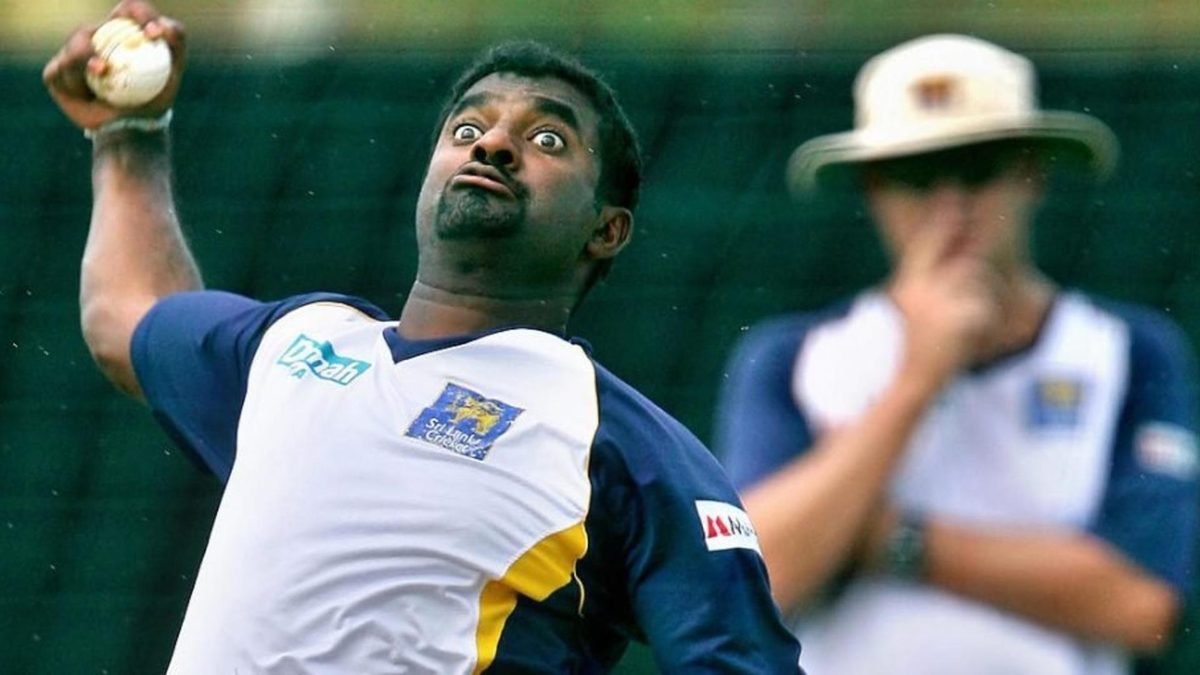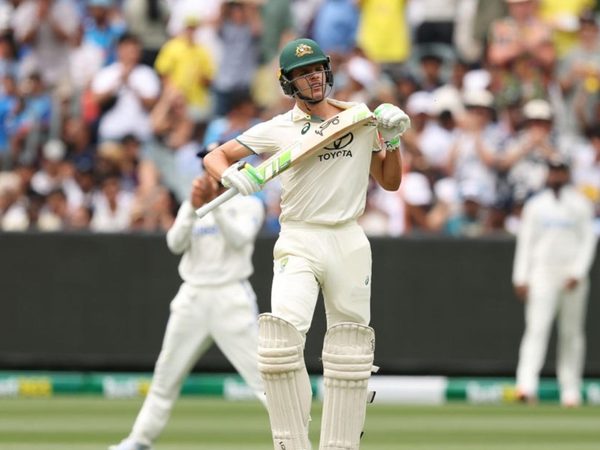
A look back to the time when the ICC realised (almost) every bowler in the world had an illegal action, and decided to change one of cricket’s most controversial rules, incorporating the current 15-degree flexion limit of the bowling arm.
When Australia visited Sri Lanka in 2004 and returned home with a 3-0 Test series win, becoming the first side to go to Sri Lanka and secure a whitewash, Muttiah Muralitharan would have felt a range of emotions. Already 500 Test wickets into his career, he’d ended as the series’ leading wicket-taker, and stood on the cusp of breaking Courtney Walsh’s all-time record, but was unable to help his team avert a clean sweep. A day after the final Test though, matters turned much worse for him, when ICC match referee Chris Broad reported the off-spinner for a suspect bowling action.
Before 2004, Muralitharan had been called twice – first on an acrimonious tour to Australia in 1995/96, and again two years later in the same country. And while bio-mechanical analysts subsequently cleared his action, the latest doosra controversy stirred the debate on throwing yet again. As always, the daggers were out, and Muralitharan was in the eye of the storm. It was only an extension of the drama that had been raging on for years.
In April that year however, things took another downard turn for Muralitharan. Biomechanical tests revealed that his elbow angle changed 14 degrees while delivering his doosra, well above the ICC’s accepted limit of five degrees. Even after remedial work, he was still found to be bowling his doosra with a flex of just above 10 degrees.
But, rather than ban the Sri Lanka spinner from bowling his trademark delivery, the authors of the report on Muralitharan’s action recommended a different approach. “It is our considered opinion that Mr Muralitharan be permitted to continue bowling his ‘doosra’ at least until a valid database is collected on the various spin bowling disciplines,” the report stated. “The relatively minor level of elbow extension following remediation over the period from arm horizontal to release is not believed to give Mr Muralitharan an unfair advantage over batsmen or other bowlers.”
Watch: When Murali bowled in a brace to try and prove his action was legal
They cited a 2003 study, ‘Fast bowling arm actions and the illegal delivery law in men’s high performance cricket matches’, which examined the actions of 21 elite fast bowlers, and found that 31 out of 34 deliveries were delivered illegally, according to the current guidelines.
What the ICC needed was more information, and the Champions Trophy that summer provided the perfect opportunity; with all of the world’s best teams in the same place, in an environment run by the ICC, they were able to test away to their hearts’ content. The results were astonishing, and had a wide-ranging impact on the sport going forward.
The results of the study, released in November 2004, revealed that only one of the bowlers they had tested had a degree of elbow flex below the five-degree limit – Ramnaresh Sarwan, whose looping leg-breaks were seldom employed by West Indies, was the proud possessor of a technically clean action. The report suggested that a jaw-dropping 99 per cent of bowlers in cricket’s history had been throwers, according to the ICC’s definition. That included Glenn McGrath, Shaun Pollock, Michael Holding (part of the six-member investigating panel of Test cricketers) or any other bowler known to possess a traditionally clean action.
According to the law back then, “there should be no straightening or partial straightening of the bowling arm during release”, with the permissible limit set at five degrees for spinners, seven-and-a-half for medium-pace bowlers, and ten for quick bowlers. The study, led by biomechanical experts Dr Marc Portus, Professor Bruce Elliott and Dr Paul Hurrion, noted that the human eye could only notice a kink in the bowling action if the arm straightened more than 15 degrees.
“The scientific evidence is overwhelming,” Michael Holding, part of the panel, said. “When bowlers who, to the naked eye, look to have pure actions are thoroughly analysed…they are likely to be shown as straightening their arm. Under a strict interpretation of the law, these players are breaking the rules. The game needs to deal with this reality and make its judgment as to how it accommodates this fact.”
Expectedly, the ICC decided to change their rules. In November 2004, the governing body gave the green light to a new 15-degree limit, applicable to bowlers of all speeds, allowing Muralitharan to resume bowling his doosra – and meaning that cricket could continue with Sarwan being forced to bowl every delivery from both ends for all sides.
Not everyone was happy, unsurprisingly so. Geoff Boycott was among those who were against the verdict, saying: “It’s a sad day for cricket that this pressure [from Sri Lanka supporters] can allow Muralitharan to bowl whatever he wants.”
By February 2005, ICC had formally relaxed the rules after a two-day executive meeting in Melbourne, with the rule coming into effect by March 1 that year.
“This issue has afflicted the game for over 60 years,” Malcolm Speed, the then ICC chief executive, said in a statement. “Try as it might, the sport has never properly come to terms with it.
“Every time it comes up there are emotional reactions from people around the world based on fear and ignorance and I’ve no doubt we will see them all again this time. The reality is that this new process provides the game with a sensible way forward to properly protect against people breaking the rules while providing every opportunity for players with illegal actions to remedy any problems and return to the game.”
Three months later, Muralitharan broke the world record, going past the magical figure of 519 wickets.








